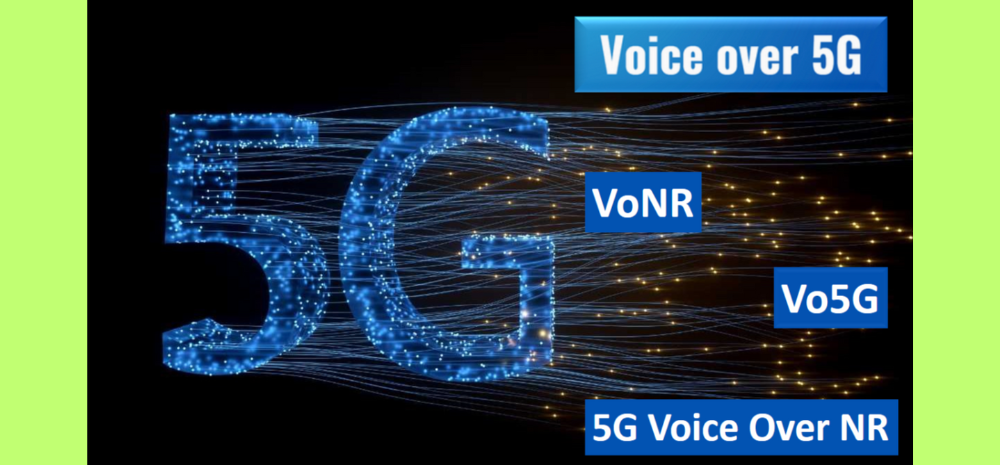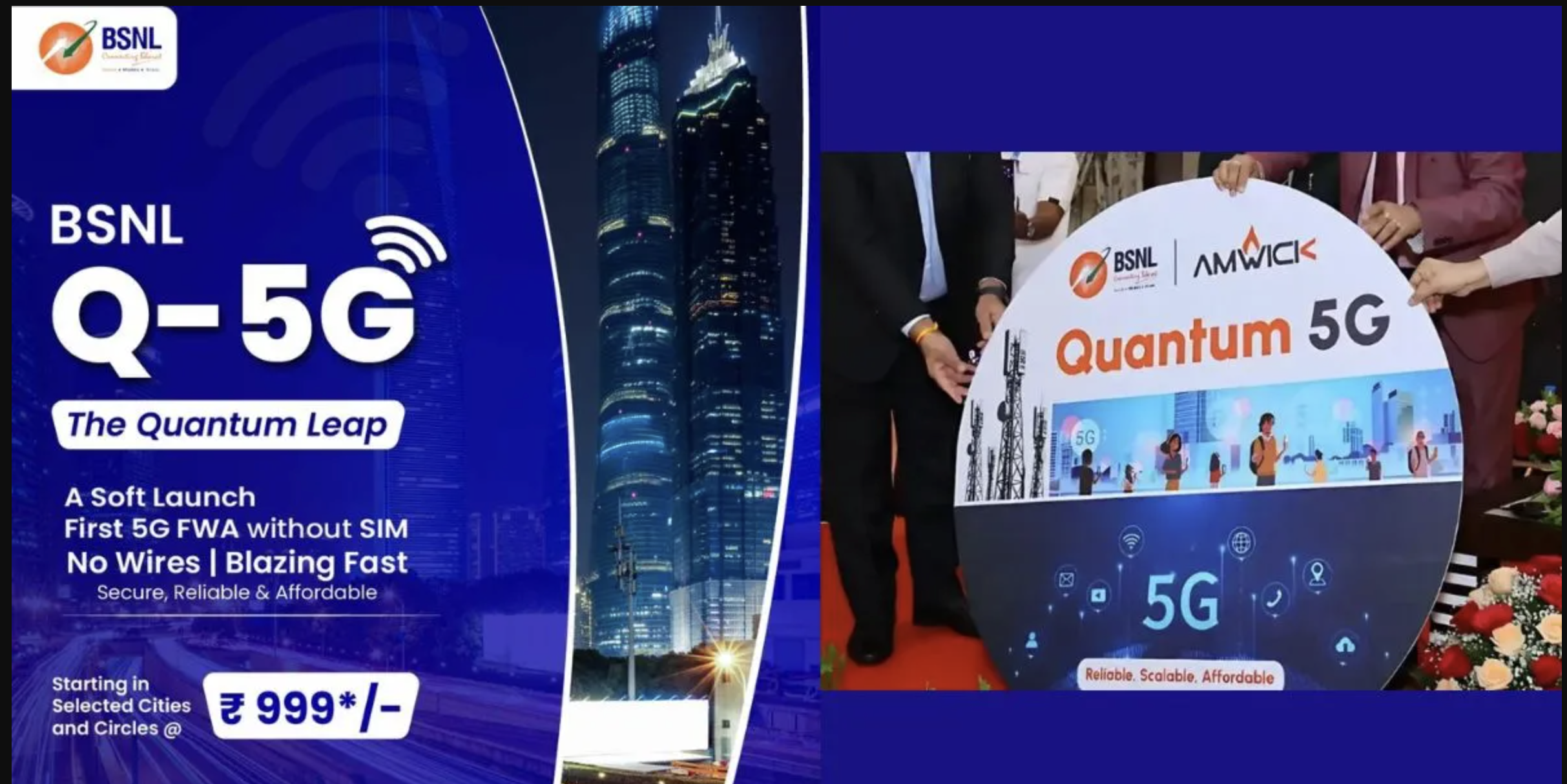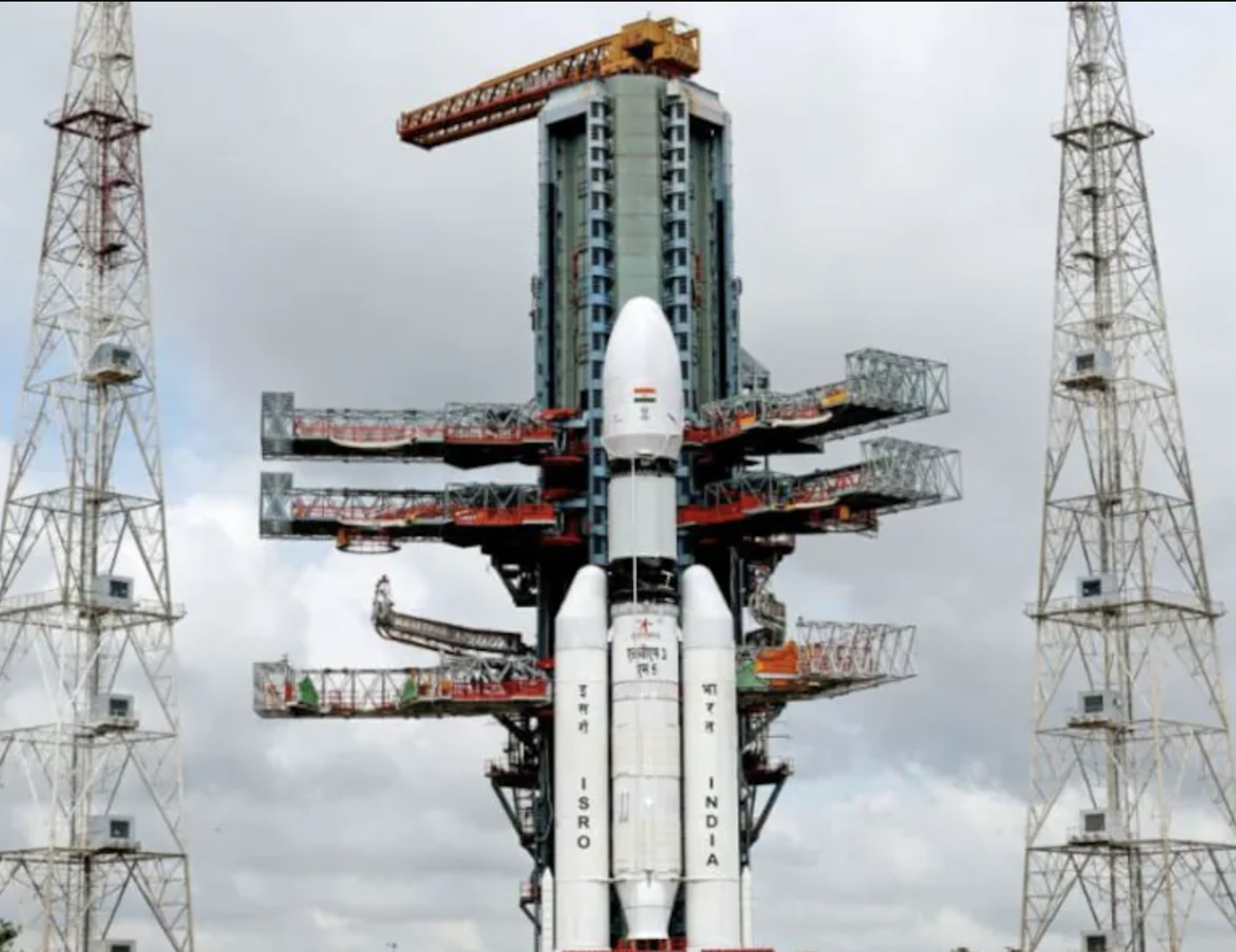In 2016, the advent of VoLTE (Voice over Long-Term Evolution) revolutionized voice calls in India, providing crystal clear communication on par with WhatsApp quality. This marked a significant improvement from the previously subpar call quality experienced on 3G/2G networks. Fast forward to the present with the introduction of 5G in India, and the tech community eagerly anticipates a new calling standard to match the next-gen speeds: Vo5G (Voice over 5G).

Vo5G: Pioneering the Future of Voice Calling with Enhanced Quality and Connectivity
Vo5G, also known as Voice over New Radio (VoNR), represents the future of voice calling, leveraging the advancements of 5G, such as speed, capacity, and responsiveness. This shift parallels past leaps like VoLTE, aiming to have infrastructure and interoperability ready well in advance as older networks like LTE phase out. Although the widespread adoption of Vo5G may take time, with many countries yet to experience 5G, its deployment in several global locations hints at an eventual arrival in India.
Comparing VoNR to VoLTE reveals notable advantages. VoNR boasts better call quality with advanced audio codecs, faster call connection times due to reduced network latency, and improved reliability with lower packet loss, minimizing voice cutouts. Additionally, VoNR addresses drop issues commonly faced by Indian users during network switches, promising a seamless calling experience.
Getting Started with Vo5G: Compatibility, Carrier Verification, and Seamless Activation
Getting started with Vo5G requires a compatible phone, carrier support, and 5G coverage. Most phones released after 2022 with 5G capabilities likely support Vo5G, and carriers offering Vo5G services must be verified. While 5G coverage is essential, Vo5G activation should happen automatically if all criteria are met.
As for the arrival of VoNR in India, there is currently no official announcement from major carriers like Reliance Jio, Airtel, or Vi. However, reports suggest that Reliance Jio has been testing VoNR behind the scenes, aiming to ensure smooth interoperability between 4G VoLTE and new 5G infrastructure. Although the timeline for VoNR availability remains uncertain, it represents a natural evolution in voice calling for the 5G era.














